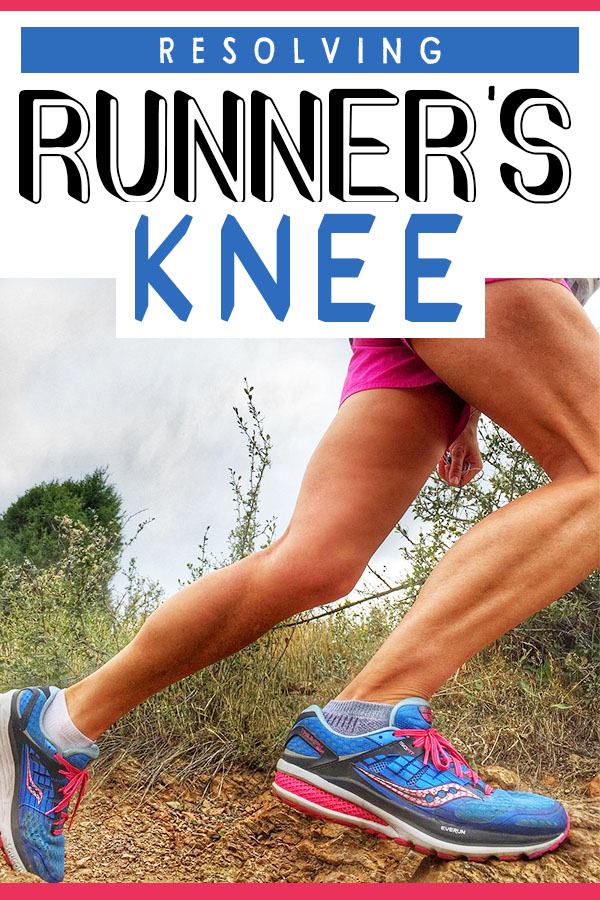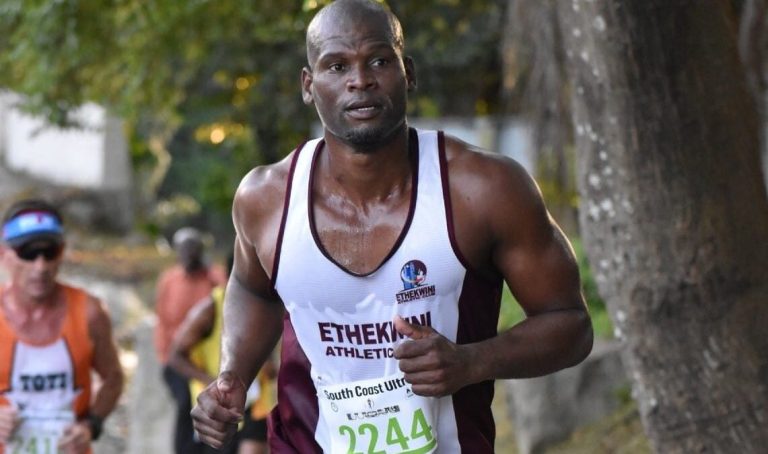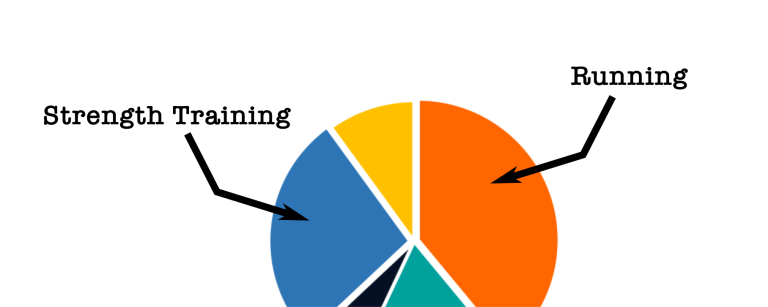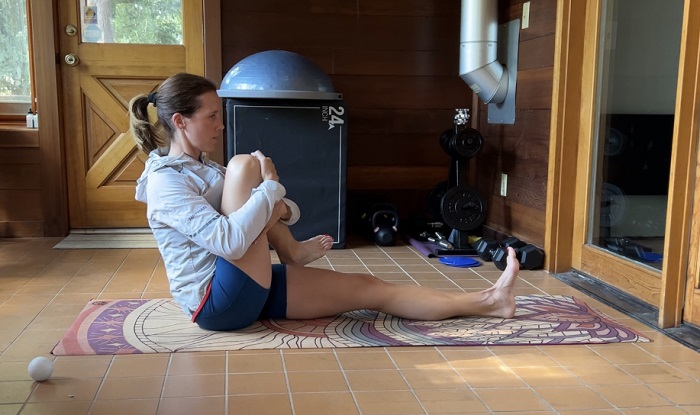How to Truly Resolve Runners Knee?
To truly resolve runner’s knee, focus on strengthening hip and core muscles through targeted exercises. Consistent stretching and proper footwear are also key factors.
Runner’s knee, a common ailment among runners and athletes, causes pain around the kneecap due to overuse. With the right approach, this condition can be effectively managed and prevented. By incorporating specific exercises to strengthen the hips and core muscles, individuals can alleviate strain on the knee joint.
Additionally, implementing a regular stretching routine and wearing appropriate footwear can further support knee health. Taking proactive steps to address runner’s knee can help individuals continue enjoying their favorite activities without being sidelined by pain or discomfort.
Understanding Runners Knee
Runners knee can be effectively resolved by understanding its causes and implementing appropriate preventative measures. By identifying specific training errors, improving muscle strength and flexibility, and using proper running techniques, individuals can avoid aggravating the condition and enjoy pain-free running.
Understanding Runners Knee Runners knee, scientifically known as patellofemoral pain syndrome, often affects individuals who engage in activities that require repetitive knee movements, such as running, cycling, or jumping. This common condition causes pain around the kneecap and can significantly hinder physical performance. To effectively address and prevent runners knee, it is crucial to gain a comprehensive understanding of the condition, including its common causes and prominent symptoms.Common Causes Of Runners Knee
Runners knee can stem from various factors, including overuse, poor biomechanics, or muscle imbalances. Overtraining and sudden increases in exercise intensity can place excessive stress on the knee joint, leading to inflammation and pain. Additionally, inadequate footwear and improper running techniques can contribute to the development of runners knee.Symptoms Of Runners Knee
The hallmark symptoms of runners knee comprise dull and aching pain around the front of the knee, particularly during activities that require bending the knee, such as climbing stairs or kneeling. Individuals may also experience stiffness in the knee joint, as well as a grinding or popping sensation during movement. Furthermore, swelling and discomfort may persist even during periods of rest, indicating the presence of runners knee. By understanding the common causes and symptoms of runners knee, individuals can take proactive measures to mitigate its impact and initiate effective treatment strategies.Preventing Runners Knee
Preventing Runners Knee is crucial for maintaining a healthy and pain-free running experience. Here are some essential strategies to avoid this common injury:
Proper Warm-up And Cool-down Techniques
Implement dynamic stretching before running to prepare your muscles.
Include movements like leg swings and lunges to increase blood flow to your muscles. Cool down post-run with static stretching to aid in muscle recovery and flexibility.Strengthening Exercises For The Lower Body
Focus on exercises that target the quads, hamstrings, and glutes.
Engage in activities such as squats, lunges, and leg presses. Strengthening these muscles can help alleviate strain on the knee joint. Summary: Proper warm-up, cool-down, and strengthening exercises are essential in preventing Runners Knee.Diagnosing Runners Knee
Physical examination by a healthcare professional can pinpoint the root cause of pain and discomfort in the knee.
Physical Examination By A Healthcare Professional
A healthcare provider will assess the alignment of your knee, check for swelling, and evaluate your range of motion.
Imaging Tests For Accurate Diagnosis
Imaging tests like X-rays help in identifying issues in the bone structure, while MRI scans can reveal soft tissue damage.
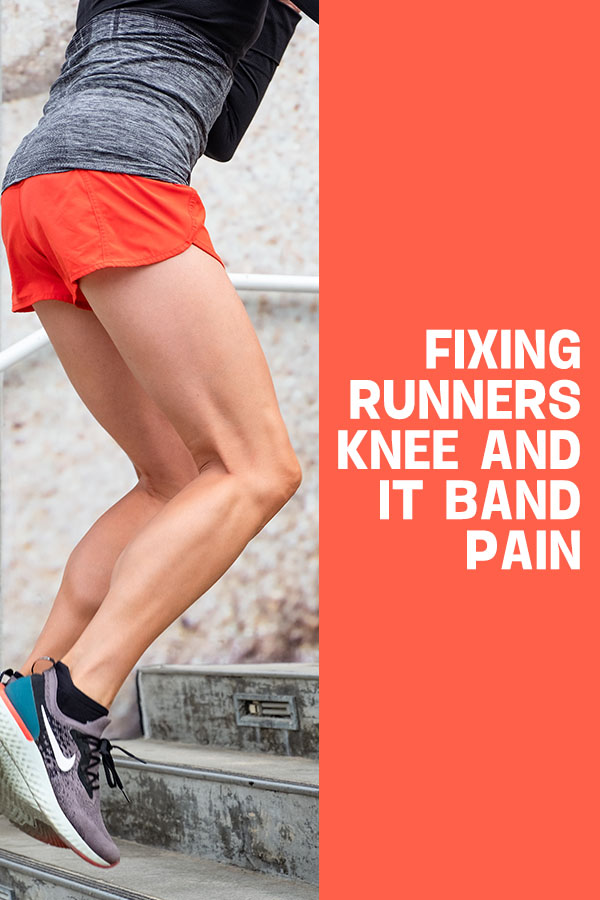
Credit: www.runtothefinish.com
Treating Runners Knee
When it comes to resolving runner’s knee, it’s important to address the condition through a comprehensive treatment plan. This usually includes a combination of rest and recovery, pain management techniques, and physical therapy exercises. Let’s delve into each aspect.
Rest And Recovery
Rest is crucial in the early stages of treating runner’s knee. Avoid activities that exacerbate the pain, and give your knees time to recover. Supportive measures such as elevating the affected leg and applying ice packs can help reduce inflammation and alleviate discomfort.
Pain Management Techniques
Effective pain management is essential for individuals with runner’s knee. Over-the-counter pain relievers can provide temporary relief, while knee braces offer support and stability during physical activities.
Physical Therapy Exercises
Engaging in targeted physical therapy exercises can strengthen the muscles surrounding the knee, improving overall stability and flexibility. Low-impact activities such as swimming and cycling can also help maintain fitness levels while minimizing stress on the knees.
Preventing Recurrence Of Runners Knee
To truly resolve runners knee, it’s crucial to not only treat the condition but also take preventive measures to avoid its recurrence in the future. By following these simple and effective strategies, you can minimize the chances of experiencing runners knee again and continue enjoying your running routine without any discomfort.
Gradual Return To Running
When recovering from runners knee, it’s essential to slowly reintroduce running into your routine. Avoid the common mistake of jumping back into your previous mileage and intensity. Instead, start with shorter distances and slower paces, gradually increasing them over time. This gradual approach allows your body to adapt to the demands of running and reduces the risk of overloading your knees.
Maintaining Proper Running Form
Maintaining proper running form plays a vital role in preventing runners knee. Incorrect posture and improper alignment can put unnecessary stress on your knees and lead to injury. Focus on maintaining a relaxed yet upright posture while running, keeping your head centered and your shoulders relaxed. Additionally, ensure your foot strikes the ground under your hips and avoid overstriding, which can magnify the impact on your knees.
Regular Stretching And Strengthening Routine
Regular stretching and strengthening exercises are essential for preventing runners knee. Incorporating a routine that targets the muscles involved in running can help improve their flexibility and strength, reducing the strain placed on your knees during the activity. Consider including exercises that specifically target the quadriceps, hamstrings, calves, and hip muscles. Aim to perform these exercises at least two to three times a week to maintain their effectiveness.
Furthermore, it’s important to give special attention to your IT band, as it’s often implicated in runners knee. Foam rolling or using a massage ball on your IT band can help prevent its tightness and reduce its impact on your knee joint. Remember to consult a professional trainer or physical therapist for guidance on performing the correct stretches and exercises to ensure proper technique and avoid injury.
By following these preventive strategies, you can significantly reduce the chances of experiencing runners knee again. Remember to listen to your body and give it sufficient rest and recovery when needed. Gradually building back your running routine, maintaining proper form, and consistently stretching and strengthening your muscles are the keys to preventing the recurrence of runners knee. Take care of your knees, and they will take care of you during your runs.

Credit: www.thespineandrehabgroup.com

Credit: m.youtube.com
Frequently Asked Questions On How To Truly Resolve Runners Knee
How Can I Prevent Runners Knee?
To prevent runners knee, it’s important to incorporate strength training exercises, maintain proper form, and wear supportive footwear.
What Are The Common Causes Of Runners Knee?
Common causes of runners knee include overuse, muscle imbalances, poor running technique, inadequate footwear, and excessive stress on the knees.
What Are The Best Exercises For Runners Knee Recovery?
The best exercises for runners knee recovery include quadriceps and hamstring stretches, hip strengthening exercises, leg raises, and foam rolling for muscle release.
Conclusion
To truly resolve runner’s knee, a holistic approach is crucial. By addressing muscular imbalances, improving biomechanics, and prioritizing rest, runners can prevent and recover from this common injury. Through targeted exercises and proper self-care, individuals can enjoy pain-free running and increase their overall performance.
Embracing these strategies can lead to a sustained and successful running experience.

